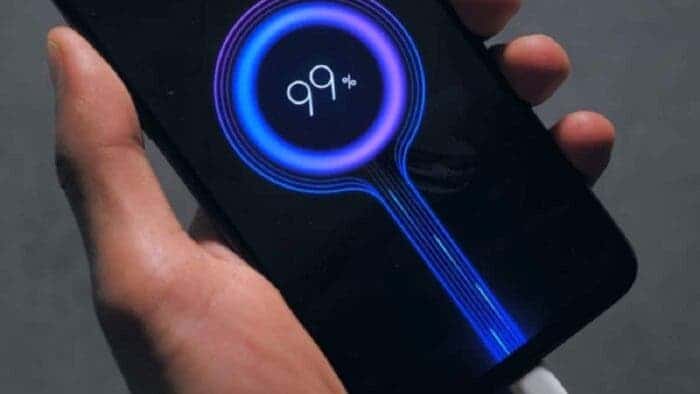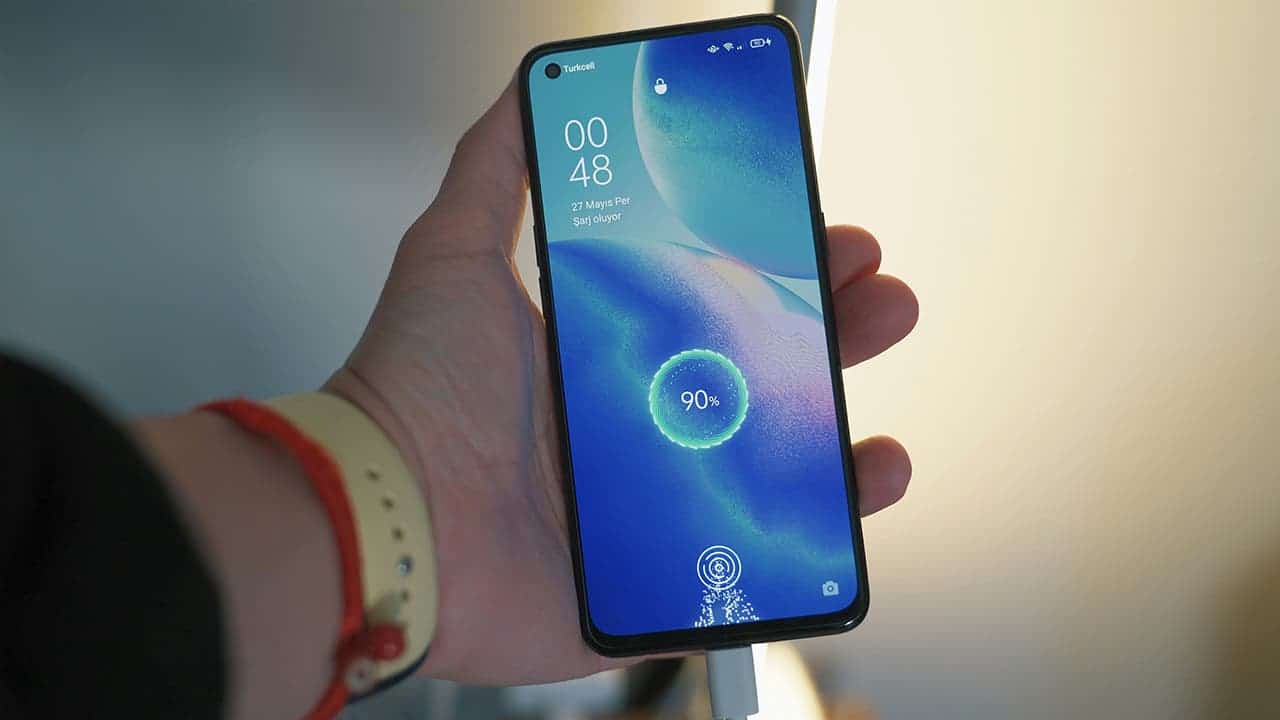Google has been working on the Android 15 system to improves the experience for users. According to recent reports from Android Authority, Google plans to further enhance the charging experience with its upcoming Android 15 system. One of the standout features is the ability for Pixel series phone users to set a charging limit of 80%. The Android 15 charging limit aims to extend battery life and optimize the overall charging process. Let’s delve into the details of this new feature and how it compares to existing charging options.

Adaptive Charging: A Brief History
Google first introduced the “Adaptive Charging” feature with the Pixel Feature Drop update in December 2020. This feature was designed to enhance battery longevity by limiting charging based on the user’s alarm settings. Here’s how it worked:
- Charging Window: If a user plugged in their phone between 9pm and 4am and set an alarm for any time between 3am and 10am, the phone would charge up to 80% before the alarm went off.
- Final Charge: Once the alarm went off, the phone would continue charging to 100%.
This approach aimed to prevent overcharging during long periods when the phone was plugged in, such as overnight. By delaying the final 20% of charging, the feature reduced battery stress and helped maintain battery health over time.
Evolving with User Habits
Last year, Google refined the Adaptive Charging feature by moving away from alarm – based triggers. Instead, the feature began to adapt based on the user’s charging habits. This change made the feature more intuitive and user-friendly, automatically adjusting the charging process to fit individual usage patterns.
With the Android 15 Beta 4 update, Google has taken another step forward in battery optimization. New strings in the SystemUI application indicate that users will soon have the option to set a hard limit on charging, capping it at 80%. This feature, known as “Charging Optimization,” can be found under the Settings menu:
- Navigation: Settings > Battery > Use Charging Optimization.
- Options: Users will see two radio buttons allowing them to choose between the existing Adaptive Charging mode and the new 80% limit mode.
Benefits of the 80% Charging Limit
Setting a charging limit to 80% can significantly improve battery health and longevity. Here are some key benefits:
- Reduced Battery Wear: Constantly charging a battery to 100% can accelerate wear and tear. Limiting the charge to 80% reduces this stress.
- Prolonged Battery Life: By avoiding full charges, users can extend the overall lifespan of their battery, ensuring it remains efficient for longer.
- Eco-Friendly: Better battery management means fewer battery replacements over the device’s lifetime, contributing to less electronic waste.
User Control and Flexibility
The new Charging Optimization feature provides users with greater control over their device’s battery management. Here’s a closer look at the two available modes:
1. Adaptive Charging Mode: This mode continues to learn from the user’s habits, adjusting the charging process to ensure the phone is fully charged when needed.
2. Limit to 80% Mode: This new option allows users to set a firm cap at 80%, ideal for those who want to prioritize battery health over having a full charge available at all times.
For users who typically charge their phones overnight or for extended periods, the 80% limit mode can be particularly beneficial. Here’s why:
- Overnight Charging: Users who charge their phones overnight can enable the 80% limit to prevent overcharging while they sleep, knowing that their battery health is protected.
- Extended Usage: For users who don’t need a full charge for their daily activities, the 80% limit ensures they have enough power without compromising battery longevity.
Conclusion
Google’s introduction of an 80% charging limit in Android 15 is a welcome addition for Pixel series users. By offering more control over the charging process, Google is helping users maintain their battery health and extend the lifespan of their devices. Whether users prefer the adaptive approach or a fixed 80% limit, these new features make managing battery life easier and more effective.






